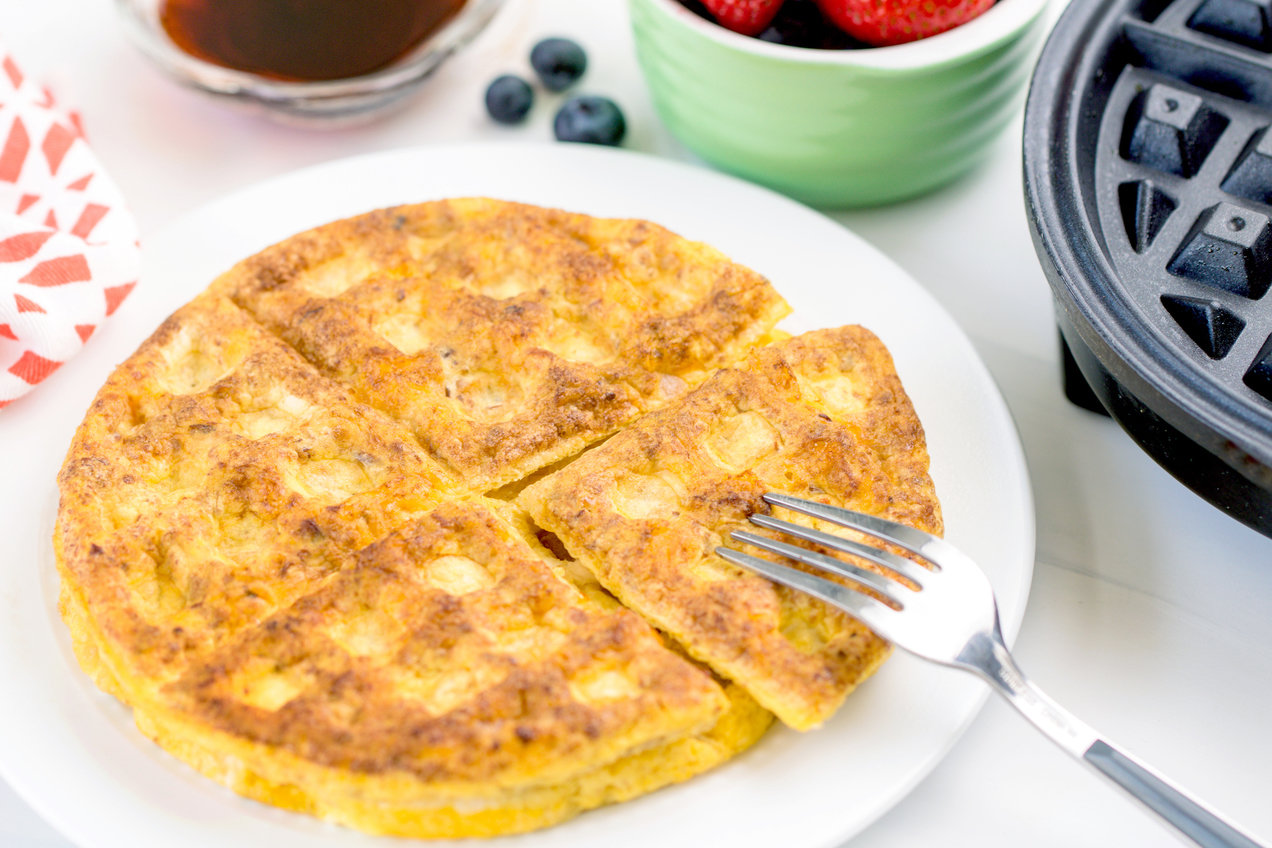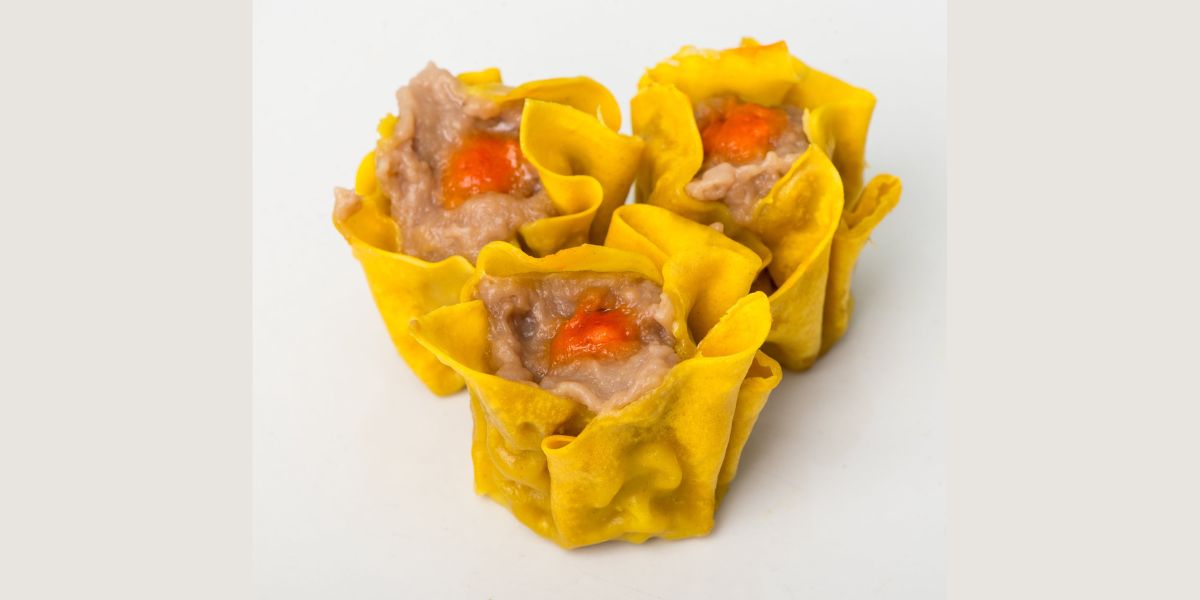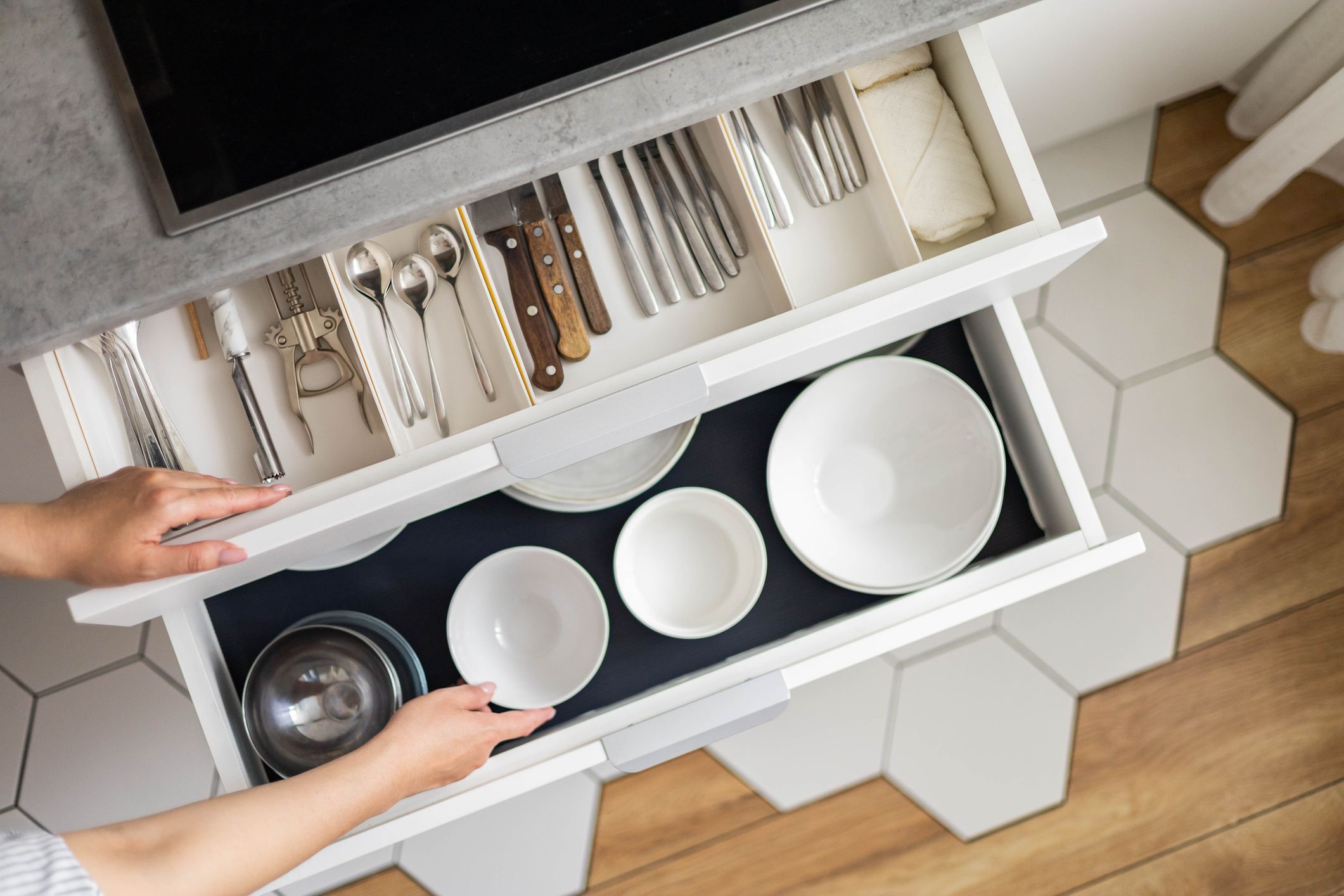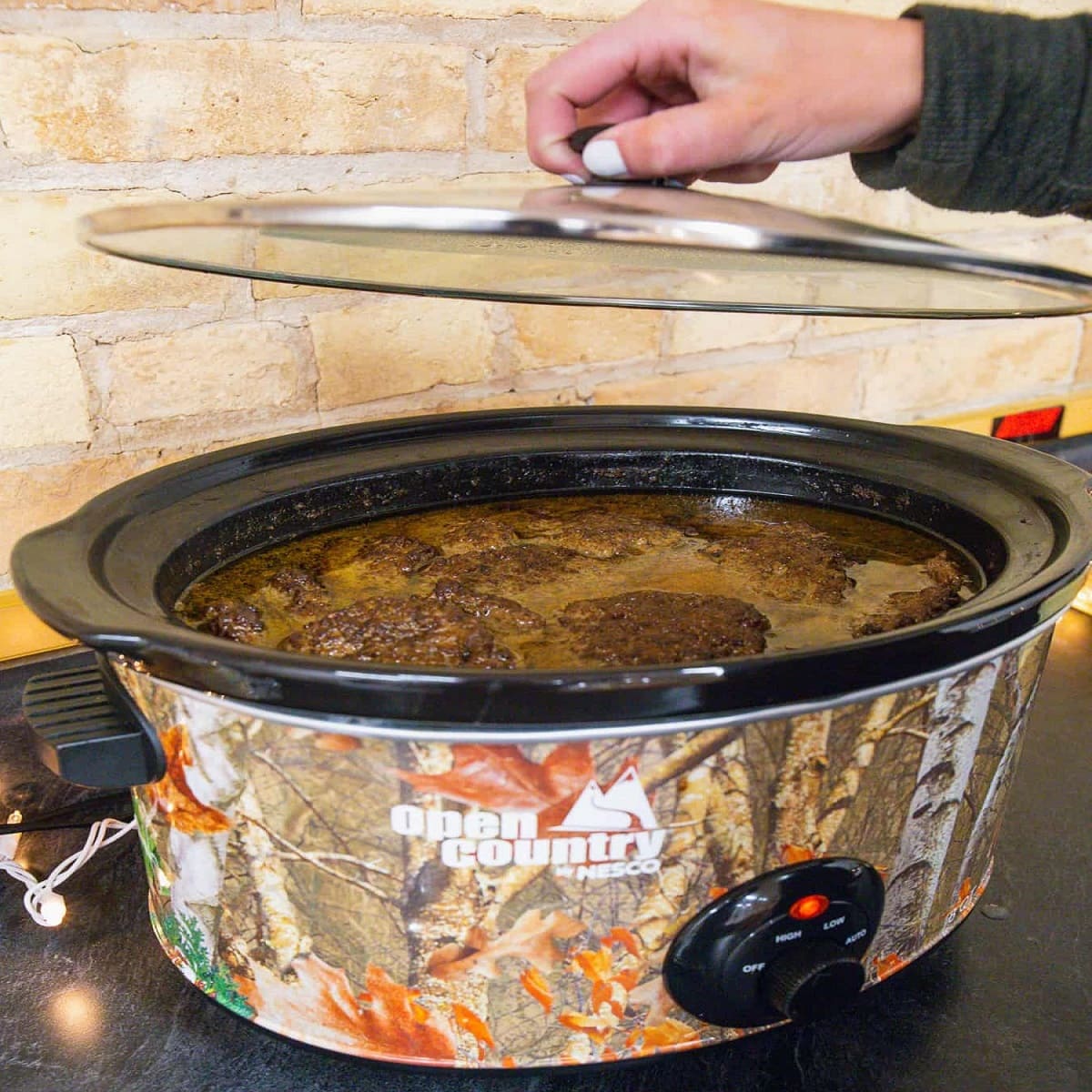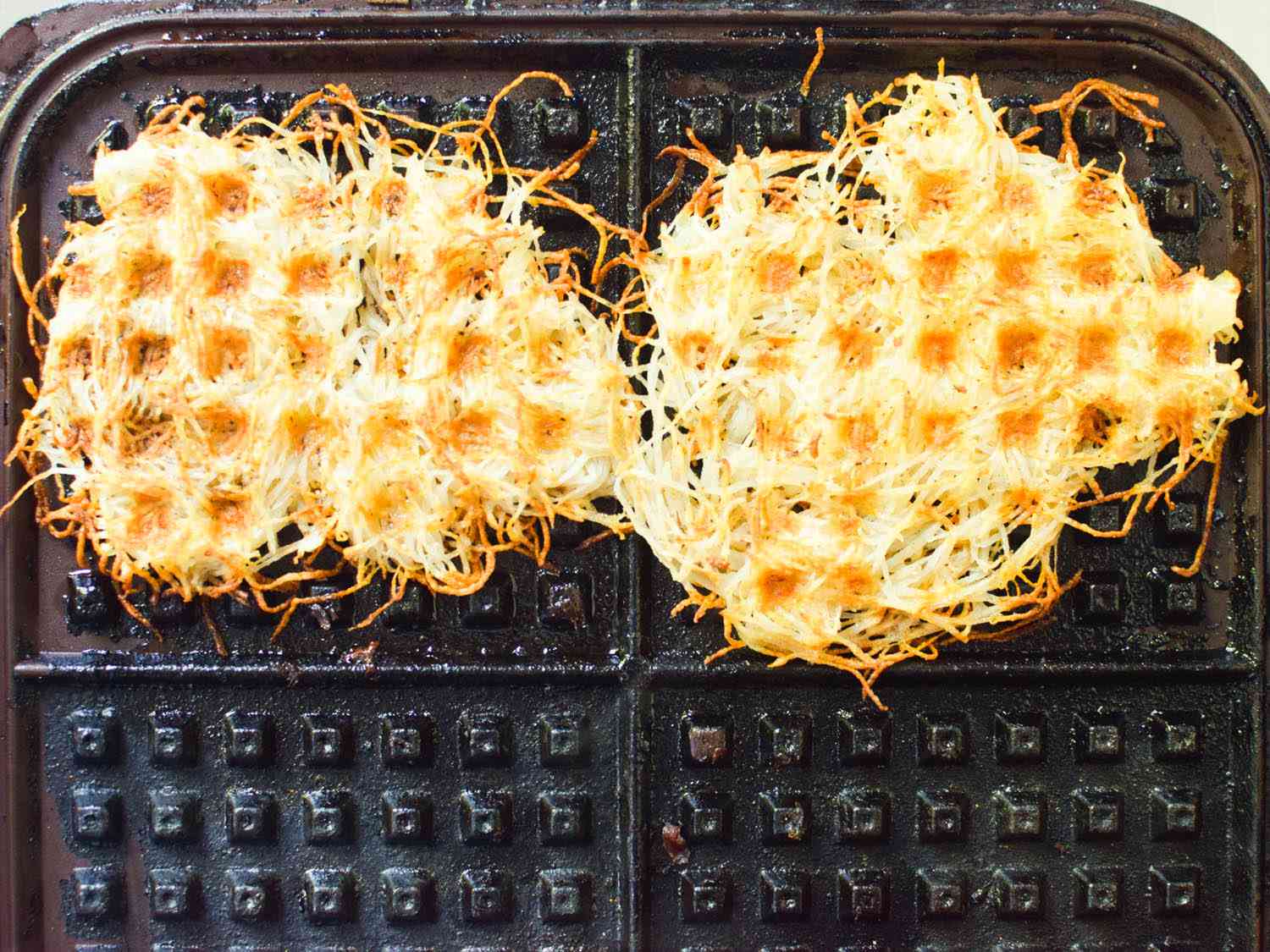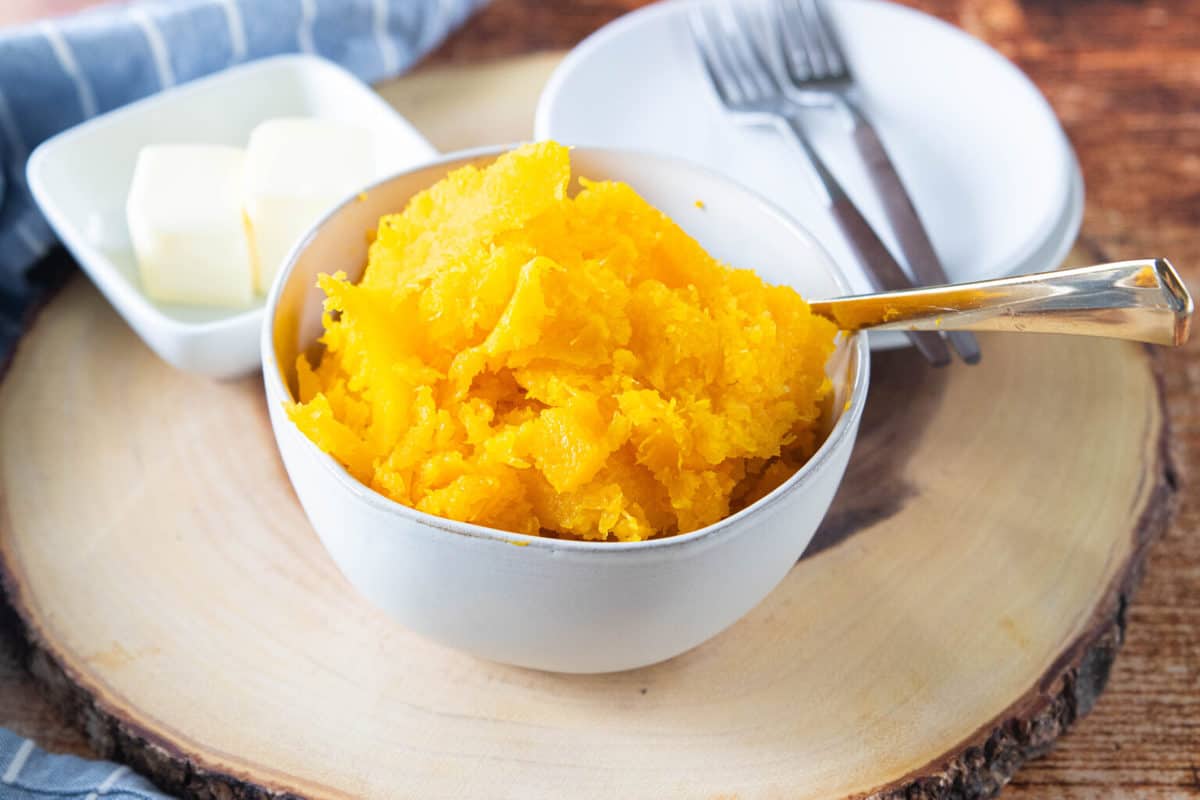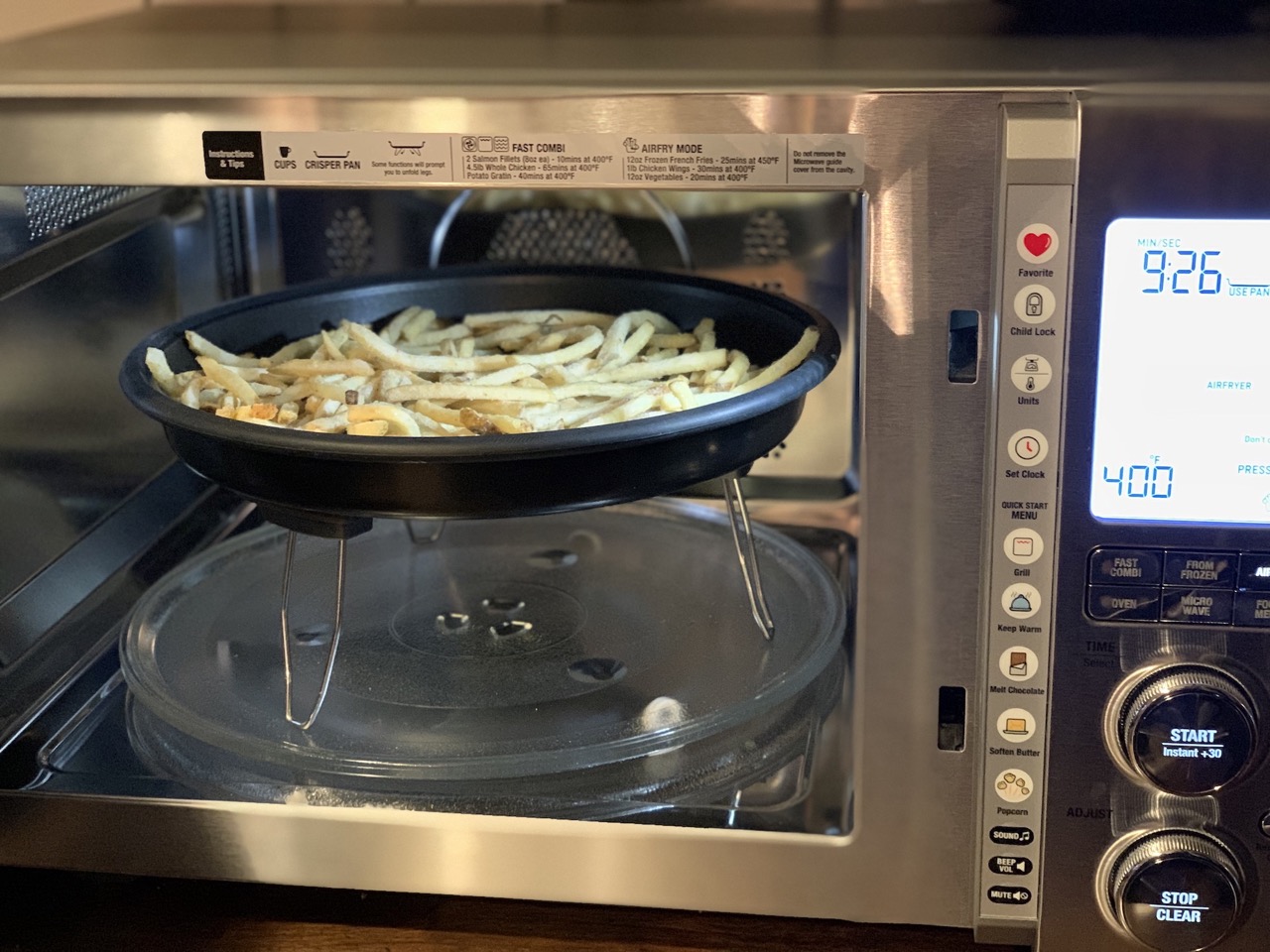Home> Cooking Hacks
10 Mind-Blowing Cooking Hacks to Revolutionize Your Kitchen!
Discover 10 mind-blowing cooking hacks that will revolutionize your kitchen! Save time and effort with these genius cooking tips.
How To Organize Kitchen Drawers: 12 Ways To Order Essentials
By: Henry Campbell • 45 Best Kitchen Storage Ideas You Can't Miss Out On

